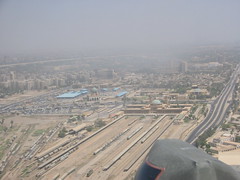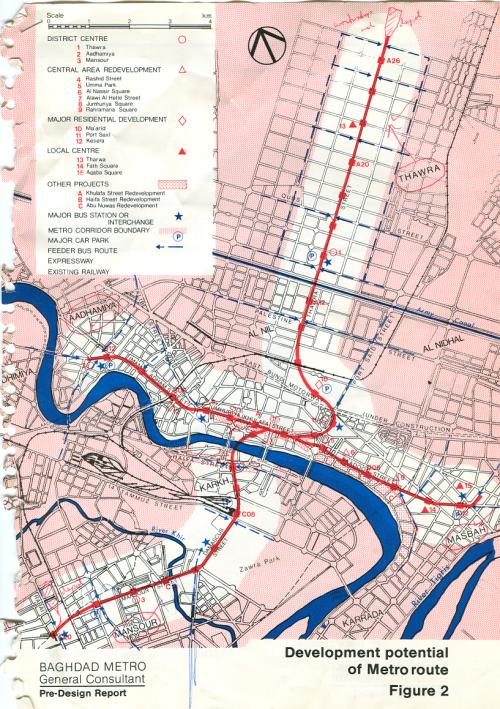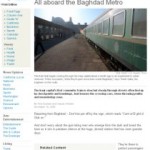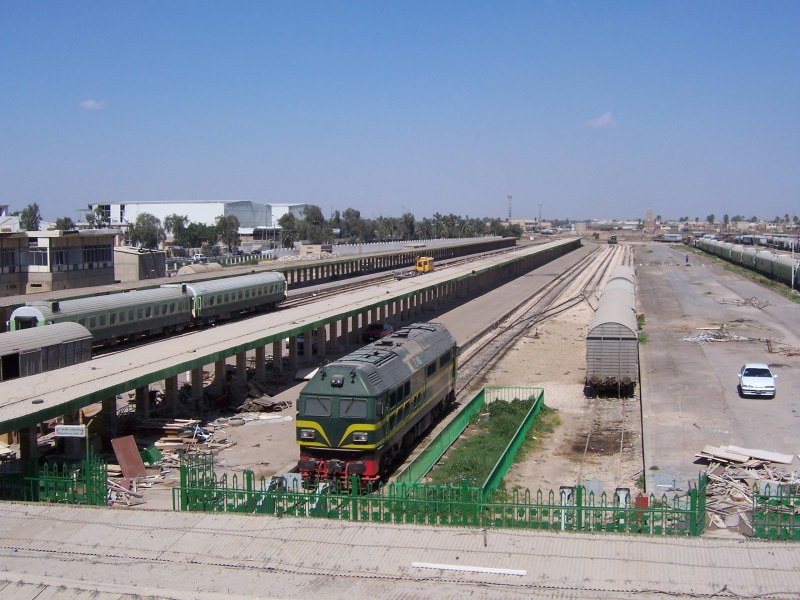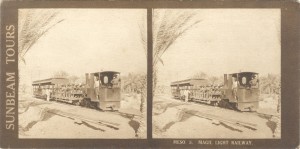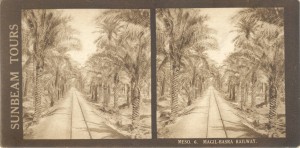Alive in Baghdad employs Iraqi journalists to produce video packages each week about a variety of topics on daily life in Iraq
, and this week has a short video on Iraq’s railways, subtitled in English. Through the work of a team of Americans and Iraqi correspondents on the ground, Alive in Baghdad shows the conflict through the voices of Iraqis.
The video includes footage of Dalian diesel locomotives in action in Baghdad, and a still picture of a British-built 8F steam loco.
100 Years Later, Iraq Railroad Still Runs
VIDEO – Iraq, Baghdad – The railroad in Iraq has a long history of wars and occupations, in the 1920s the railroads tracks were used by the British forces for transporting military supplies from London to Baghdad during the British occupation and it was well known with the name “Orient Express”
The greatest era of the Iraqi railway was during the 1970s. Iraq imported new trains at that time and developed a new international schedule, with trains leaving Baghdad heading to Damascus, London, Berlin, Paris and other destinations in Europe. Iraqis and people all over the world used to dream of the chance to take a trip in the famous “Orient Express.”
…Now the Iraqi Republic Railways company is trying to fix the trains and is working on improving the old Orient Express, hoping the railroads will be modernized and good enough for passengers to use regularly in the near future.
This week our correspondent Nabeel Kamal visited the Iraqi Republic Railways company in Baghdad to see how the progress is going with this old company that is in fact older than Iraq itself.
Source: Alive in Baghdad 24 November 2008
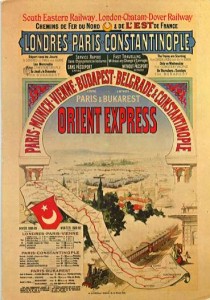
The Orient Express in its many forms didn’t actually go to Baghdad, but only as far east as Istanbul, where passengers had to cross the Bosporus by boat – though a tunnel is now being built.
Sadly the Orient Express is now reduced to running from Strasbourg to Vienna and back; the Man in Seat 61 explains all.
The book The 8:55 to Baghdad by Andrew Eames provides a more recent perspective on the journey from London to Baghdad. Agatha [Christie] used just two trains, the Orient Express and the Taurus Express, and then took what was effectively a taxi across 400 miles of desert from Damascus to Baghdad. Although both the OE and the TE still exist, they are nothing like what they used to be, so I had to string together a total of eight trains to do the same trip. And then join a coach of very unlikely characters to cross the desert into Iraq, in the last months before war broke out.

